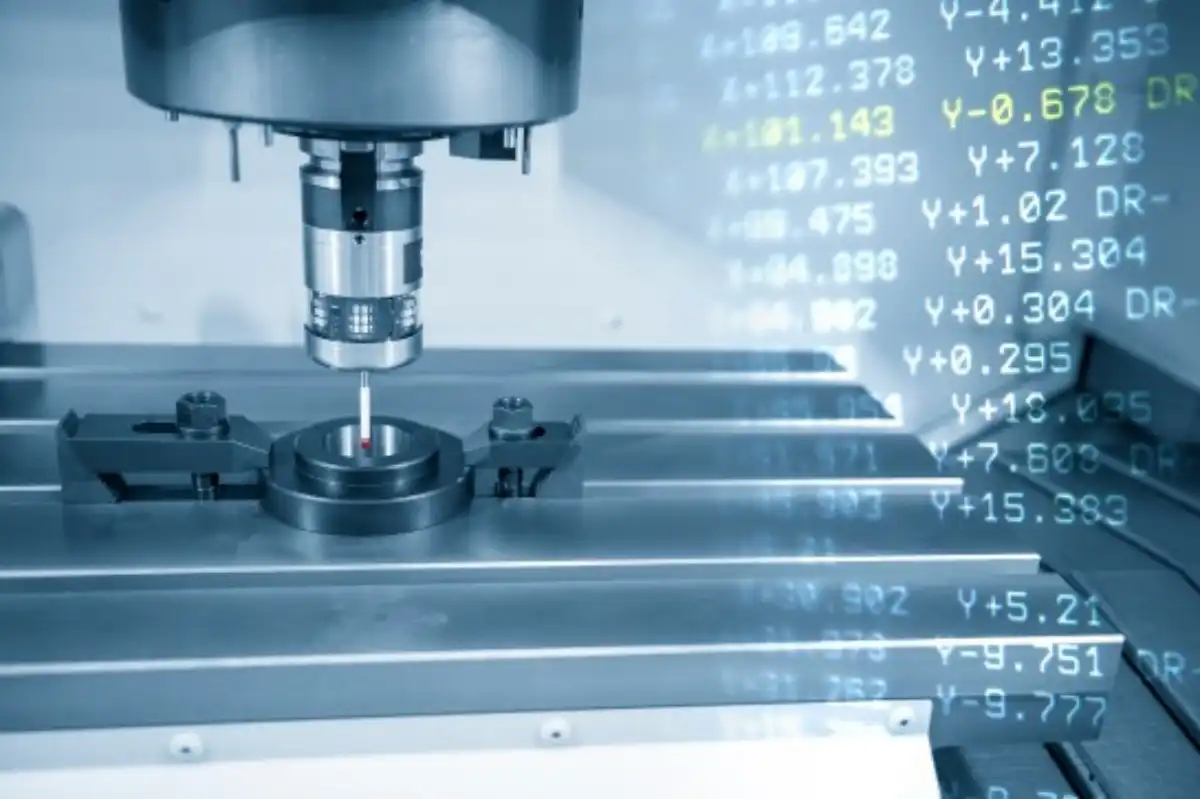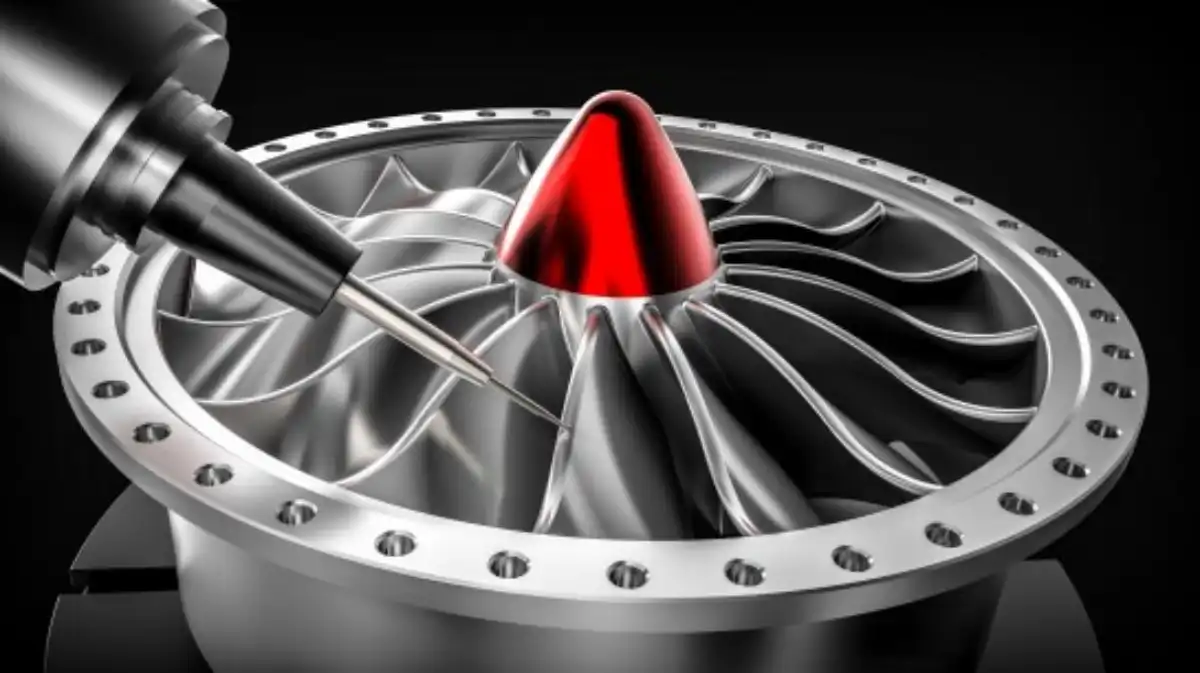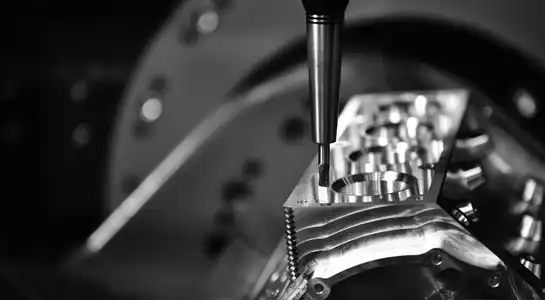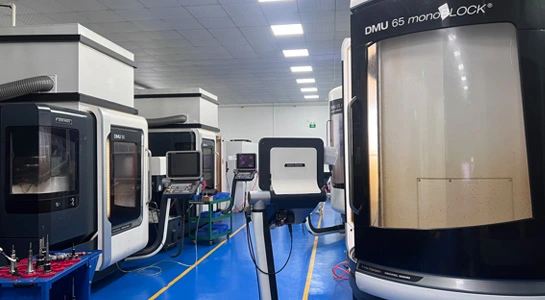Material Selection and Compatibility Issues
Understanding Material Properties
Choosing the right material for your mechanical part prototype is crucial. Different materials have unique properties that can significantly impact the performance and functionality of your prototype. Consider factors such as strength, durability, weight, and thermal resistance when selecting materials. For instance, metals like aluminum or steel might be ideal for parts that require high strength, while plastics like ABS or nylon could be suitable for lightweight components.
To make informed decisions, consult material data sheets and conduct thorough research. It's also beneficial to work with experienced prototyping specialists who can provide valuable insights into material selection based on your specific requirements.
Addressing Compatibility Concerns
Compatibility issues can arise when different materials are used in a single mechanical part prototyping or when the prototype needs to interact with other components. These challenges can lead to problems such as chemical reactions, thermal expansion mismatches, or structural weaknesses.
To overcome compatibility concerns, consider the following strategies:
- Conduct compatibility tests before finalizing material choices
- Use intermediate layers or coatings to prevent direct contact between incompatible materials
- Explore composite materials that combine desirable properties of multiple materials
- Consult with material scientists or prototyping experts for tailored solutions
Balancing Performance and Cost
While high-performance materials may offer superior properties, they often come with a higher price tag. Striking a balance between performance requirements and cost constraints is essential for successful prototyping.
Consider these approaches to optimize material selection:
- Prioritize critical performance characteristics and allocate resources accordingly
- Explore alternative materials that offer similar properties at a lower cost
- Use high-performance materials only for critical components and opt for more cost-effective options for less demanding parts
- Leverage rapid prototyping technologies to test multiple material options quickly and cost-effectively

Design Complexity and Manufacturing Limitations
Simplifying Complex Designs
Intricate designs can pose significant challenges in mechanical part prototyping. Complex geometries may be difficult to manufacture using traditional methods, leading to increased costs and longer production times. To address this issue, consider simplifying your designs without compromising functionality.
Here are some strategies to simplify complex designs:
- Break down complex parts into simpler, modular components
- Eliminate unnecessary features that don't contribute to the part's core function
- Use design for manufacturability (DFM) principles to optimize part geometry
- Leverage advanced CAD software to analyze and optimize designs before prototyping
Overcoming Manufacturing Constraints
Traditional manufacturing methods often have limitations when it comes to producing complex mechanical part prototyping. Factors such as minimum wall thickness, draft angles, and undercuts can restrict design freedom. To overcome these constraints, consider exploring alternative manufacturing techniques.
Some advanced manufacturing methods to consider include:
- 3D printing (additive manufacturing) for complex geometries
- CNC machining for high-precision parts
- Injection molding for high-volume prototypes
- Hybrid manufacturing approaches that combine multiple techniques
Balancing Functionality and Manufacturability
While it's essential to create a prototype that accurately represents the final product, it's equally important to ensure that it can be manufactured efficiently. Striking a balance between functionality and manufacturability is key to successful prototyping.
Consider these approaches to achieve this balance:
- Collaborate closely with manufacturing experts during the design phase
- Use simulation tools to predict manufacturing challenges before prototyping
- Conduct design reviews focused on manufacturability
- Be open to design iterations that improve manufacturability without compromising functionality
Time and Cost Management in Prototyping
Streamlining the Prototyping Process
Time constraints are often a significant challenge in mechanical part prototyping. Delays in prototyping can lead to missed market opportunities or increased development costs. To overcome this challenge, focus on streamlining your prototyping process.
Here are some strategies to improve efficiency:
- Implement rapid prototyping technologies for faster iteration cycles
- Use digital prototyping and simulation tools to reduce physical prototype iterations
- Establish clear communication channels between design, engineering, and manufacturing teams
- Develop standardized processes and checklists for prototype development
Managing Prototype Costs
Prototyping can be expensive, especially when dealing with complex mechanical part prototyping. Effective cost management is crucial to ensure that prototyping efforts remain within budget constraints while still delivering valuable insights.
Consider these cost-saving approaches:
- Prioritize features for prototyping based on their importance and potential impact
- Use low-fidelity prototypes for initial concept validation before investing in high-fidelity versions
- Explore cost-effective prototyping methods such as 3D printing for early-stage testing
- Leverage virtual prototyping tools to reduce the need for physical prototypes
Balancing Speed and Quality
While speed is important in prototyping, it shouldn't come at the expense of quality. Striking the right balance between rapid iteration and maintaining high standards is crucial for successful mechanical part prototyping.
Here are some strategies to balance speed and quality:
- Implement stage-gate processes to ensure quality checks at key milestones
- Use automated testing and quality control systems where possible
- Invest in training and tools that help team members work more efficiently without compromising quality
- Collaborate with prototyping partners who can deliver high-quality results quickly

Conclusion
Overcoming challenges in mechanical part prototyping requires a combination of strategic planning, technological innovation, and expert knowledge. By addressing material selection issues, simplifying complex designs, and effectively managing time and costs, you can significantly improve your prototyping outcomes. Remember that successful prototyping is an iterative process that demands flexibility and continuous learning. As you apply these strategies and work with experienced partners, you'll be better equipped to navigate the complexities of mechanical part prototyping and bring your innovative ideas to fruition.
FAQs
1. What are the most common materials used in mechanical part prototyping?
Common materials include metals like aluminum and steel, plastics such as ABS and nylon, and various composites. The choice depends on the specific requirements of the prototype.
2. How can 3D printing benefit mechanical part prototyping?
3D printing allows for rapid creation of complex geometries, reduces material waste, and enables quick iterations, making it an excellent tool for prototyping.
3. What's the typical timeframe for creating a mechanical part prototype?
The timeframe can vary widely depending on complexity, from a few days for simple parts to several weeks for more intricate designs. Rapid prototyping technologies can significantly reduce these timelines.
Expert Mechanical Part Prototyping Services | BOEN
At BOEN Prototype, we specialize in overcoming the challenges of mechanical part prototyping. As a leading supplier and manufacturer, we offer comprehensive prototyping services for a wide range of industries. Our expert team leverages cutting-edge technologies and materials to deliver high-quality prototypes efficiently and cost-effectively. Whether you need CNC machining, injection molding, or advanced 3D printing, we have the expertise to bring your designs to life. Contact us at contact@boenrapid.com to learn how we can support your prototyping needs.
References
Smith, J. (2022). Advanced Materials in Mechanical Prototyping. Journal of Engineering Design, 15(3), 245-260.
Johnson, A. et al. (2021). Overcoming Design Complexity in Rapid Prototyping. International Journal of Rapid Manufacturing, 8(2), 112-128.
Brown, R. (2023). Cost-Effective Strategies for Prototype Development. Prototyping Technology Review, 12(4), 78-95.
Lee, S. and Park, K. (2022). Time Management Techniques in Mechanical Engineering Prototyping. Journal of Product Innovation Management, 39(1), 33-50.
Garcia, M. (2023). Balancing Quality and Speed in Modern Prototyping Processes. Advanced Manufacturing Technology, 18(2), 156-172.
Wilson, T. et al. (2021). Material Selection Challenges in Mechanical Part Prototyping: A Comprehensive Review. Materials Today: Proceedings, 45, 3456-3470.





